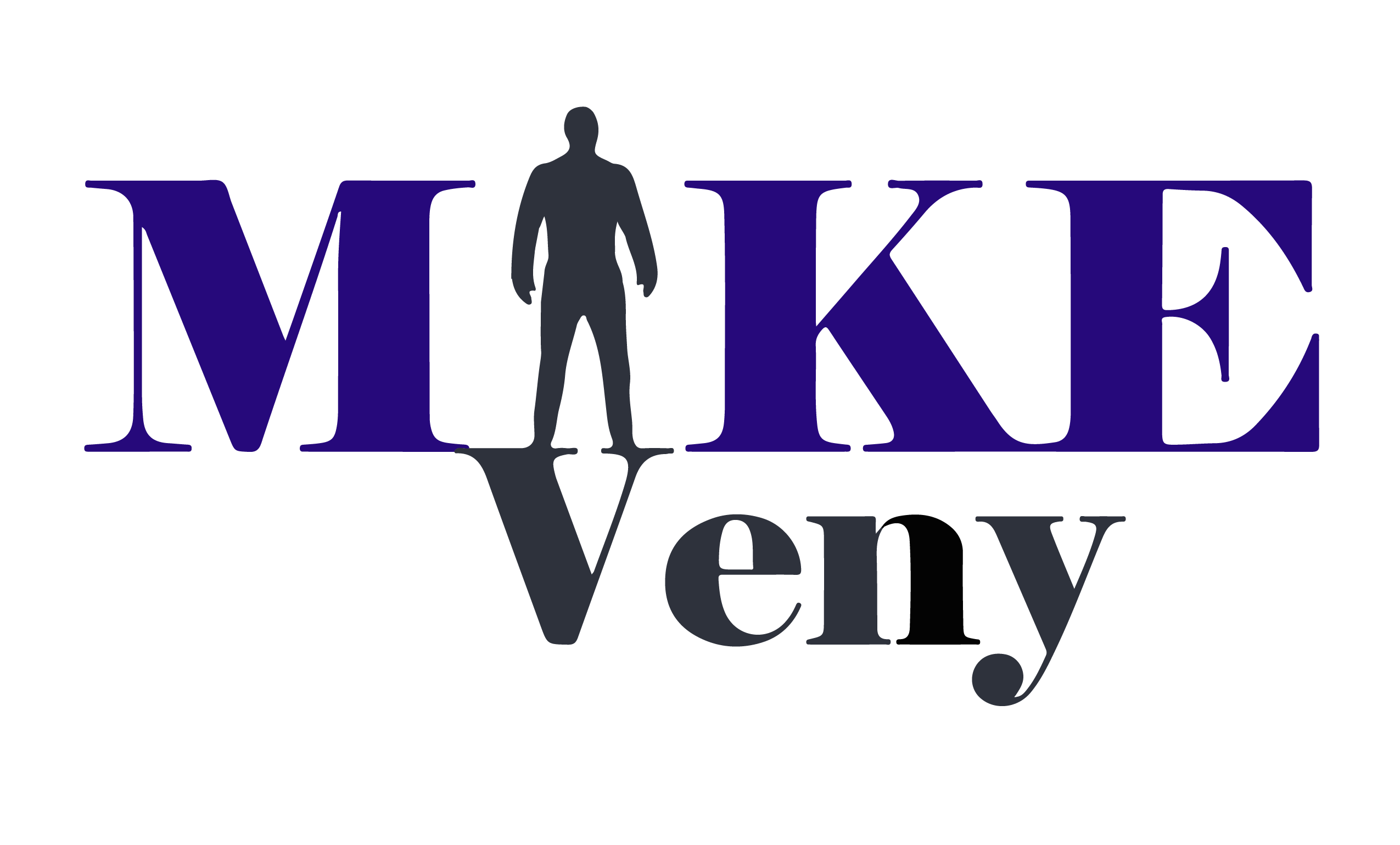The global meetings industry has become a $1.6 trillion economic powerhouse, and Global Meetings Industry Day 2025 marks a crucial moment to celebrate its influence. Meeting-related travel spending in the U.S. reached $126 billion in 2024. This spending supports 620,000 American jobs in a variety of sectors.
Face-to-face interactions lead to business success through cooperative efforts and meaningful professional relationships. The meetings industry acts as a springboard for breakthroughs and knowledge sharing that bring people together. Global Meetings Industry Day (GMID) reminds us that people gather not just for business transactions but to build connections and grow together.
Let’s take a closer look at the visible and hidden economic effects of the meetings industry. These gatherings shape our global economy and meet our simple human need to connect with others.
The Visible Economic Footprint of Global Meetings

Direct spending across sectors
The financial footprint of meetings tells a compelling story through numbers. Meetings generated $325 billion in direct spending and $845 billion in business sales in the United States during 2016 [2]. Money flows through a variety of sectors rather than staying within event venues. Business services get the biggest piece at $196.3 billion. Finance, insurance, and real estate follow with $141.1 billion, while manufacturing receives $92.6 billion [3].
Major events pack hotels to capacity, leading to 300 million room nights each year. This results in nearly $50 billion spent on accommodations [4]. Food and beverage providers rake in about $48 billion from organizers and attendees [4]. Event-related travel makes up 13.2% of all travel and tourism spending in America [4].
Job creation beyond hotel walls
Business events create jobs well beyond event planners and hotel staff. These events support 10.9 million jobs worldwide [1]. The meetings industry backs roughly 5.9 million jobs in sectors of all sizes across the United States [2]. The industry creates more direct jobs than many large manufacturing sectors, including automotive, chemicals, and food [5].
Every 43 meeting participants help support one American job through direct and indirect effects [2]. The meetings sector provides more jobs than telecommunications or oil and gas extraction industries [2]. Nearly 600,000 American jobs received direct support from meetings and events in 2023 [6].
Tax revenue generation for local communities
Local economies thrive with events in part because of big tax contributions. The US meetings industry brings in about $104 billion in federal, state, and local taxes yearly [2]. Each US household sees roughly $879 in total tax impact [2]. Meeting and event-related travel spending yields around $19 billion in tax receipts at all government levels [7].
My firsthand experience shows how events change communities. We come together not just to do business but to satisfy our basic need to connect. Each convention center booking, hotel stay, and restaurant meal creates economic value while reinforcing something deeply human—we gather to remember that we’re not alone.
Beyond the Balance Sheet: Hidden Economic Effects
Direct economic impacts are easy to measure, but the catalytic effects of meetings go far beyond traditional balance sheets [8]. These hidden economic effects remain unmeasured, yet they might represent the meetings industry’s most profound contributions to global prosperity.
Knowledge transfer that stimulates breakthroughs
Meetings act as significant platforms for knowledge exchange that drives breakthroughs across industries. Experts share vital information, skills, and insights that spark creative collaborations when they come together [9]. A chance meeting in Canberra led to the development of the HPV vaccine—a medical breakthrough that reduced cervical cancer rates worldwide [9]. The meetings also help capture tacit knowledge—those unwritten rules and personal insights that are hard to document but prove incredibly valuable [10].
My experience as a supplier to the meetings industry since 2011 has shown how Global Meetings Industry Day celebrates these invisible knowledge networks that create exponential value.
Business deals sparked by chance encounters
History shows that legendary partnerships started not in boardrooms but through random conversations [11]. A single unexpected interaction at industry events can lead to:
- New client relationships
- Market understanding
- Strategic collaborations
- Valuable industry information [11]
Professional development‘s long-term value
Long-term economic benefits from professional development at meetings often remain uncalculated. Employees who take part in skill development show higher job satisfaction and stay in their current positions longer [12]. Research shows that continuing professional education reduces work-family conflict and helps career advancement [12].
Organizations gain competitive advantages in hiring by investing in employee development through meetings [13]. The value grows over time as professionals build networks, earn credentials, and increase their earning potential [14].
Behind these metrics lies a basic truth about human gatherings. Humans need connection—to feel seen, heard, and understood. People come together because they need to belong. This basic human need drives economic activity in ways we are just starting to understand.
How Meetings Connect Global Markets
Image Source: https://pexels.com/
Face-to-face meetings build essential connections between global markets and create relationships that digital communication can’t match. My speaking career since 2011 has shown me the powerful impact of sharing physical space with potential international partners.
Breaking down trade barriers through face-to-face interaction
Personal connections diminish trade barriers effectively. The Trade Facilitation Support Program has helped countries enhance their cross-border trade environments through shared meetings and conferences since 2014 [15]. Public and private sectors can work together at these gatherings to implement trade facilitation reforms.
The Trade Facilitation Conference in Manila (March 2025) showcases this approach perfectly. More than 60 government officials, international organizations, and private service providers will exchange viewpoints on integrating technologies into trade facilitation [16]. These conferences give stakeholders a platform to direct the complexities of advanced technologies [17].
Face-to-face gatherings tackle international trade barriers better than digital meetings. Restrictions on cloud computing, data localization requirements, and web filtering can degrade service quality substantially [18]. Stakeholders can develop practical solutions through direct dialog that virtual negotiations often fail to achieve.
Creating international business relationships
Personal connections make international business relationships flourish. Monthly check-ins strengthen relationships despite physical distance [19]. Partners feel valued during these meetings and find comfort in sharing both personal and professional matters.
Cultural intelligence (CQ) becomes a powerful tool to bridge international gaps. Client culture research and cultural awareness workshops build the empathy needed for successful global partnerships [20].
My experience as a meetings industry supplier since 2011 shows that even introverts seek connection through gatherings. Industry conventions and one-on-one meetings fulfill our basic human need to belong.
Technology advances rapidly, yet we gather to feel connected. This timeless truth links ancient forums to modern trade conventions – human bonds formed through these gatherings strengthen global markets.
The Human Element: Why We Really Gather

Connection as a fundamental human need
Humans naturally crave relationships and social bonds. This rings true even for introverts like me. Studies show that 94% of employees are more productive when they feel connected to their colleagues [21]. This goes beyond workplace preferences – it’s built into our psychology.
My first industry experience at 18 taught me something valuable. While playing drums at a pharmaceutical event, I saw how meetings create shared experiences that help people feel seen and understood. These connections aren’t optional – we need them to thrive.
How belonging drives economic activity
The sense of belonging affects business results significantly. Employees who feel connected stay twice as long [21] and report job satisfaction four times more often [21]. Companies with stronger connections become 5.4 times more agile and have 3.2 times more satisfied customers [22].
Workplace belonging can boost job performance by 56% and reduce sick days by 75% [23]. Social exclusion triggers the same brain regions as physical pain [24]. This explains why 51% of employees cite lack of belonging as their reason for quitting [24].
From ancient forums to modern conventions: our timeless need to connect
Humans have always created spaces to gather, from Greek forums to medieval guilds to the Great Exhibition of 1851. As a meetings industry speaker since 2011, I’ve seen conventions serve the same purpose as ancient marketplaces – they bring people together.
Technology has changed how we meet, especially after COVID-19, but our basic needs stay the same. People value in-person gatherings more now, with 57% of hybrid workers saying relationship-building makes office attendance worthwhile [21].
One truth stands above all: we gather to remember that we’re not alone.
Conclusion
My path in the meetings industry began as an 18-year-old drummer at a pharmaceutical event and led to becoming a professional speaker in 2011. This experience has shown me the deep truth behind why people gather. The industry generates $1.6 trillion in economic value, but numbers can’t capture the whole picture.
Face-to-face meetings create waves of change beyond financial reports. People share knowledge that sparks innovation, random encounters lead to revolutionary partnerships, and professional growth shapes entire careers. These gatherings build bridges between global markets and break down cultural barriers with each handshake.
Meetings fulfill our basic human need to connect. Research backs this up – companies with stronger connections show improved productivity, higher employee retention, and better customer satisfaction. You’re part of something bigger every time you gather. This explains why meetings have evolved from ancient forums to modern conventions.
Global Meetings Industry Day 2025 gives us a chance to celebrate more than economic success. We honor the invisible threads of human connection that make our industry vital. Each convention, conference, and gathering creates value while strengthening something deeply human – the simple power of coming together.
References
[1] – http://www.iaee.com/wp-content/uploads/2023/10/EIC-ESS-Executive-Summary.pdf
[2] – https://espaonline.org/meetings-events-industry-releases-new-economic-impact-data/
[3] – https://americanmeetings.com/study-finds-meetings-events-essential-thriving-u-s-economy/
[4] – https://www.fcmtravel.com/en-us/resources/insights/why-meetings-and-events-are-crucial-us-economy
[5] – https://www.pcma.org/whats-economic-impact-meetings-industry/
[6] – https://www.ustravel.org/press/global-meetings-industry-day-april-11-champions-value-benefits-business-events-and-meetings
[7] – https://www.ustravel.org/sites/default/files/2022-10/gmid23_economicimpact-factsheet.pdf
[8] – https://www.northstarmeetingsgroup.com/News/Industry/Study-Analyzes-Impact-of-1-6-Trillion-Global-Business-Events-Industry
[9] – https://www.thinkdigital.travel/opinion/how-events-drive-impactful-innovation
[10] – https://www.imd.org/blog/leadership/knowledge-transfer/
[11] – https://tripuramultinational.com/what-we-think/articles/chance-meetings-spark-game-changing-sales-opportunities/
[12] – https://pmc.ncbi.nlm.nih.gov/articles/PMC10647344/
[13] – https://www.peoplekeep.com/blog/why-your-organization-needs-to-invest-in-employee-development
[14] – https://professional.dce.harvard.edu/blog/why-is-professional-development-important/
[15] – https://www.worldbank.org/en/programs/trade-facilitation-support-program
[16] – https://unctad.org/meeting/asia-pacific-trade-facilitation-conference-2025-integrating-technologies-sustainable-trade
[17] – https://www.unescap.org/events/2025/asia-pacific-trade-facilitation-conference-2025-integrating-technologies-sustainable
[18] – https://ustr.gov/about-us/policy-offices/press-office/fact-sheets/2017/march/key-barriers-digital-trade
[19] – https://www.forbes.com/councils/forbesbusinesscouncil/2024/10/02/4-ways-to-improve-global-business-relations/
[20] – https://crossculture2go.com/international-business-relationships/
[21] – https://enboarder.com/blog/how-much-is-human-connection-really-worth/
[22] – https://hbr.org/sponsored/2023/03/how-to-add-more-human-connection-to-your-teams-your-culture-and-your-business
[23] – https://www2.deloitte.com/us/en/insights/focus/human-capital-trends/2020/creating-a-culture-of-belonging.html
[24] – https://allwork.space/2023/07/why-human-connections-are-a-business-advantage-in-a-remote-world/




